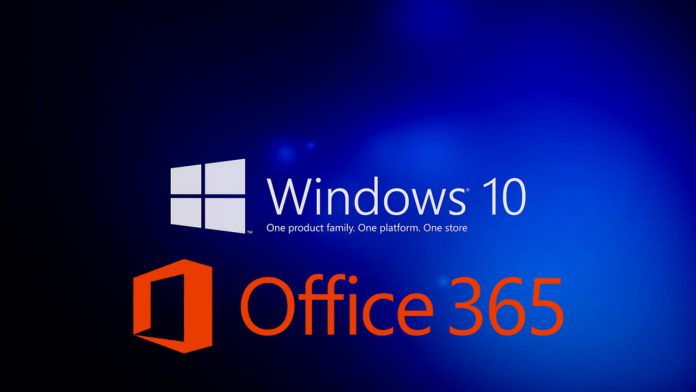During the Q&A, Niehaus responded to a user asking for clarifications about the new lingo. He wrote that “New Windows 10 releases in the Semi-Annual Channel are initially to be used for pilot deployments. After about four months, we’ll declare that the release is ready for broad deployment.” The new names for Windows 10 releases will be “Semi-Annual Channel (Pilot)” and “Semi-Annual Channel (Broad).” Niehaus also clarified that “Regardless of the terms, the 18 months is for the release, e.g. Windows 10 1703, and that 18 months starts from the date that it was released.” As it stands, the initial release of a feature upgrade is called “Current Branch”, or CB for short. For example, Windows 10 build 1703 (Windows 10 Creators Update), the upgrade which Microsoft released last month, is now in the CB, a channel for consumers. Once consumers have tested a build for about for months, Microsoft promotes it to “Current Branch for Business”, or CBB. Then, the company considers that build stable enough for wide deployment. For instance, most enterprise PCs that run Windows 10 are on the CBB.
Aligning the Windows 10 and Office 365 lingo
The aforementioned lingo changes point to the alignment of the Windows 10 and Office 365 feature updates that Microsoft announced back in April. The company revealed it will be releasing two aligned major updates for each software per year, planned for March and September. Following that announcement, Microsoft published a lengthy support document for the upcoming changes to the Office 365 ProPlus update management. Inside that document, the company explains how the names of the Office 365 ProPlus update channels will change. The “Current Channel” will be renamed to “Monthly Channel”, the “First Release for Deferred Channel” to “Semi-annual Channel (Pilot)” and the “Deferred Channel” to “Semi-annual Channel (Broad).” Microsoft will use the exact same glossary for Windows 10, further aligning its two big platforms.



